|
Earth’s temperatures are getting warmer. In fact, sixteen of the seventeen hottest years on record have occurred since the year 2000. These warmer temperatures are driving larger, long-term changes in our planet’s weather and climate. Scientists refer to these changes as “climate change.” In a few places, climate change might be welcome, but around the world, warmer temperatures and other changes are leading to a host of problems from rising sea levels to more extreme weather events and the spread of harmful human diseases. Professor Scott Mills, from the University of Montana, wanted to see how climate change might be affecting one particular animal called the snowshoe hare. Snowshoe hares live in regions of North America that receive snow every winter. The hares, in fact, change their coat color from brown to white and back again every year. This helps camouflage them against their background—and hides them from the eyes of lynx, owls, and other hungry predators. Here’s the thing: snowshoe hares can’t choose when they molt, or change their coat color. Molt timing is controlled by their genes, which are part of the DNA inside their bodies. If a hare’s genes make it molt to white in October, but snow doesn’t fall until December, the hare will stick out like a light bulb against the brown earth. And that’s a problem. Why? Because almost everywhere on earth, the length of time with snow on the ground is growing shorter and shorter. To find out if shorter winters might harm hare populations, Scott and his team spent three years tagging and following hares. They measured how many were born, how many died, and what they died from. They also recorded whether the hares were matched or mismatched against their backgrounds. They discovered that predators killed mismatched hares significantly more often than hares whose coats match their backgrounds. Scott and his team also calculated that over the next one hundred years, this greater mortality, or death rate, could lead to the decline or disappearance of many snowshoe hare populations. The good news? Different hares molt at different times. This may help some hare populations adapt to shorter winters and longer periods without snow. Hares are not the only animals affected by shorter winters. More than twenty species of animals including lemmings, weasels, hamsters, and Arctic foxes change their coat colors every year. Scott’s research helps us predict what might happen to these animals—and decide what we can do to protect them. Scott’s discoveries about Montana snowshoe hares, together with experts’ predictions about our future climate, indicate that hares will be mismatched between 5-½ and 10 weeks by the end of this century. Before tagging and putting a radio collar on a snowshoe hare, Professor Mills and his team must weigh and measure it. This snowshoe hare has been tagged and fitted with a radio collar—and is now ready to help scientists learn more about snowshoe hare survival. Even from a great distance, a mismatched hare stands out like a glowing light bulb. (Photo Courtesy of L. Scott Mills research laboratory) Besides serving as popular prey for predators, snowshoe hares are irresistibly cute. This is a young hare, also called a leveret. 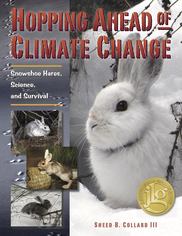 Sneed B. Collard III is the author of more than eighty award-winning books, many focusing on science and the natural world. His entertaining memoir Snakes, Alligators, and Broken Hearts—Journeys of a Biologist’s Son recounts his challenges and adventures growing up as the son of divorced biologist parents, and the experiences that would one day lay the foundation for his writing career. He is a dynamic speaker and offers school and conference programs that combine science, nature, and literacy. To learn more about him and his talks, visit his website, www.sneedbcollardiii.com. This book was reviewed by Vicki Cobb in the Huffington Post: "The Cheeseburger of the Forest". MLA 8 Citation
Collard, Sneed B., III. "Hopping Ahead of Climate Change." Nonfiction Minute, iNK Think Tank, 15 Nov. 2017, www.nonfictionminute.org/hopping-ahead-of-climate-change.
0 Comments
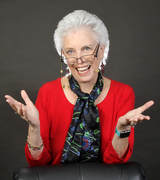 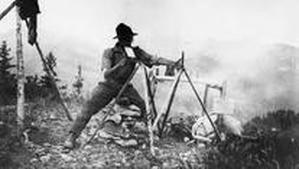 A land surveyor sends a heliograph to his partner more than 100 years ago. He must have been fluent in Morse Code A land surveyor sends a heliograph to his partner more than 100 years ago. He must have been fluent in Morse Code How do you know it’s the holiday season? There are lights everywhere sending that message. But that’s not the only kind of message light can send. A little more than 100 years ago when a telegraph began to become popular, people sent wireless messages called heliographs. They were made of flashes of light in Morse code (the same pattern of short and long as used in telegraphs) by reflecting the sun’s rays with a mirror. When the mirror was at a particular angle to the sun, it reflected a flash of bright light to observer miles away. 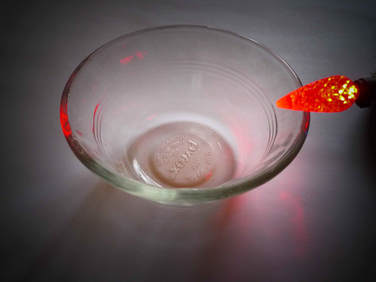 Note where the red light from the bulb emerges on the opposite side. Some internally reflected light is emerging from a ridge in the glass. Photo by Alexandra Siy Note where the red light from the bulb emerges on the opposite side. Some internally reflected light is emerging from a ridge in the glass. Photo by Alexandra Siy Maybe there’s another way to send light. Put a holiday light on one rim of a heavy glass measuring cup or dish. See where the light emerges on the rim on the opposite side. Move the light back and forth and watch what happens on the other side. The light travels down the side, and bends to go across the bottom and up the other side, but if you look at the cup sideways you can’t see the beam. Light stays inside the glass as it travels from rim to rim. Could we make something like a wire from glass that can transmit light? Absolutely! An optical fiber is a flexible, transparent fiber made of glass or plastic that acts as a wire for light. Imagine a beam of light entering a fiber at exactly the right angle to bounce off the inside wall of the fiber where it meets the air. It is then reflected at exactly the same angle to bounce off the opposite wall making a zig-zag path until it reaches the end of the fiber. This internally reflected light stays inside the glass fiber as it travels at the speed of light. HUGE quantities of all kinds of information—words, pictures, music, and videos—can now be sent through optical fibers, much more than through wires. A modern network with copper wiring can handle about 3,000 telephone calls at the same time, while a similar system using fiber optics can carry more than 30,000! So when you hit “send,” know that your holiday message is a blinking beam of light, bouncing off the inside walls of a glass fiber on its speedy journey to friends and family. How ‘bout that! 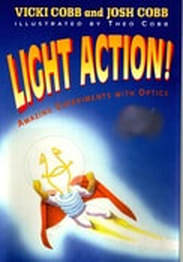 Want to know more about optics? Have a look at Vicki Cobb's book Light Action! She co-authored it with her son, Josh, who is an optical engineer and her other son, Theo, drew the pictures. It's full of experiments that let you use optics to: -Bend light around corners - Stop time with a pair of sunglasses - Capture light on a silver tray - Magnify pictures with an ice cube - Pour light into your palm - Project a big-screen image from your small TV - Fool a doorbell with a bike reflector! For more information, go here. Vicki is a member of iNK's Authors on Call and is available for classroom programs through Field Trip Zoom, a terrific technology that requires only a computer, wifi, and a webcam. Click here to find out more. MLA 8 Citation
Cobb, Vicki. "What Can You Learn from a Holiday Light and a Glass Cup?" Nonfiction Minute, iNK Think Tank, 14 Dec. 2017, www.nonfictionminute.org/ What-Can-You-Learn-from-a-Holiday-Light-and-a-Glass-Cup. 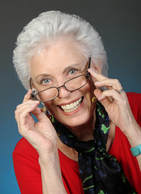 Are your two nostrils exactly the same size? Don’t struggle to find out by looking in a small mirror. Put your nose right above the mirror and breathe down on it. You will see two circles of moisture as the warm moist air from your nose condenses into water when it hits the cool mirror surface. One circle will be a LOT larger than the other. You might conclude that yes, one nostril is bigger than the other; that you will have to live with being lopsided. But wait! I mean wait an hour or so and do it again. Surprise! This time the small nostril is now the BIG one! The larger nostril is dominant and takes in more of the air. You can do scientific study of your nose and see just how long each nostril dominates. Perhaps if you check often enough, you’ll discover a time when the two circles will be about the same size. This will be the moment of the changing of the nostrils. Of course, you have to do this study when you don’t have a stuffy nose. What’s behind this? It seems that your nostrils are on an automatic timer from your brain so that they take turns being dominant. It’s very interesting. But I’m not sure if it is important. Not many people know about this. But your dentist might. A dentist is always looking at peoples’ nostrils. See if your dentist knows about this. He or she might even know why this happens. This just might be a medical mystery worth investigating. And you might be just the one to do it. 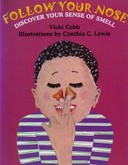 Vicki Cobb ‘s “Discover Your Senses” series of books are available through the iTunes store. She begins by asking: “Know how to stop smelling? Hold your nose.” Also, check your library for copies. I mean wait an hour or so and do it again. Vicki is a member of iNK's Authors on Call and is available for classroom programs through Field Trip Zoom, a terrific technology that requires only a computer, wifi, and a webcam. Click here to find out more. MLA 8 Citation
Cobb, Vicki. "The Mystery of the Alternating Nostrils." Nonfiction Minute, iNK Think Tank, 21 Nov. 2017, www.nonfictionminute.org/the-mystery-of-the-alternating-nostrils. Since he was a boy, John Collins has been fascinated by paper airplanes. Who isn’t? Most of us have folded the familiar dart-shaped classroom airplane. Good fun. And it’s science. Big and small aircraft depend on the same four principles: weight (of the craft), drag (wind resistance over the craft), lift (upward force from air passing over the craft’s flight surfaces), and thrust (what pushes the craft). A 747 Jumbo Jet and a paper airplane depend on the same forces. Collins wanted to fold this aeroscience into paper. But how to build (fold) complex principles into something so small? He found the ancient Japanese art of origami and used its sculptural tricks. He created paper aircraft that do astonishing things. One comes back in a horizontal circle, like a boomerang. Another flies up, turns over and comes back vertically. One actually flaps its wings as it glides slowly. To John, they’re all working science experiments: every flight leads to some knowledge and to new ideas for tweaking the aircraft so it flies better. John Collins became “The Paper Airplane Guy.” He believes that scientific research happens everywhere, every day. He says, “It doesn’t take computers, lab coats, microscopes and the like. It takes a hunger to know. Science is just the structured way we find stuff out. The science you can do with a simple sheet of paper is no less important than what can be done with an electron microscope.” On February 26, 2012, John and Joe Ayoob stood in a big, windless aircraft hangar with John’s best-so-far flyer, Suzanne. (He named it after his wife.) Joe was a professional football quarterback who learned to throw Suzanne hard but steady, not like a football but like a delicate piece of origami. Joe threw Suzanne up, up, and it dived down to fly – really fly – 226 feet and 10 inches, the Guinness World Record for distance thrown. John wanted paper airplanes to welcome young people into science. He started a National Paper Airplane Contest called the Kickstarter Project with a big prize for anyone who throws Suzanne farther than Joe. Or you could throw your own better, more aeronautically elegant paper airplane. It was a simple, scientific task. Every paper airplane and every flight would be a new experiment, just as important as the Wright Brothers’ Kittyhawk flight. Science isn’t just geeks and labs; we’re all part of it. The project didn’t get support and ended. John would like to direct people to www.TheNationalPaperAirplaneContest.com. Air and Science museums across the country will be hosting events. The museums get three Fly for Fun Days; STEM education days that teach basic flight concepts and skills for the national contest. Jan Adkins is a member of iNK's Authors on Call and is available for classroom programs through Field Trip Zoom, a terrific technology that requires only a computer, WiFi, and a webcam. Click here to find out more. MLA 8 Citation
Adkins, Jan. "Flat Paper Flight." Nonfiction Minute, iNK Think Tank, 9 Apr. 2018, www.nonfictionminute.org/the-nonfiction-minute/flat-paper-flight. 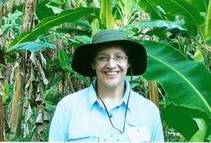
Question: If your favorite snack was just out of reach, what would you do?
That’s what Preston Foerder, who studies animal behavior, asked Kandula, a male Asian elephant at the Smithsonian National Zoological Park in Washington, D.C. Scientists have always thought that using a tool to solve a problem was a sign of higher intelligence. They also thought that only humans were tool users. But then Jane Goodall discovered chimps using sticks to fish termites out of a hole, and ravens were observed making hooks to nab a treat. People who’ve worked with elephants have long known that they are highly intelligent, but no one ever tested an elephant’s ability to use a tool to solve a problem. To set up the experiment, Preston skewered Kandula’s favorite fruits on a branch and suspended it well out of trunk reach. Then he scattered potential tools such as long bamboo sticks and a heavy-duty plastic cube around the yard. At first Kandula just stared at the fruit longingly. Occasionally he picked up a stick, but only played with it. On the seventh trial, Kandula got an idea. He rolled the cube several yards so it was beneath the fruit. He placed his two front feet on the cube, stretched his trunk as high as he could, and plucked the fruit off the branch. The next day, as soon as Preston suspended the fruit, Kandula was already shoving his cube into place. He seemed to enjoy his new tool. He used it to peek over walls, to check out birds in a nearby tree, and to eat blossoms off another tree that grew outside his yard. Later, Kandula showed off by using a tractor tire and then a large ball as a stool. He even figured out that if he stacked one small block on top of another he might be able to reach higher fruit. Although he came up short (he needed to stack 3 blocks), he still showed that his brain was working out the problem. So, congratulations! If you said you’d use a stool to reach your favorite snack, then you are as smart as an elephant. 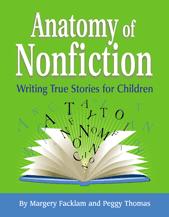
Peggy Thomas is co-author of Anatomy of Nonfiction, the only writer’s guide to crafting true stories for children. She is currently working on a book about elephant intelligence. To learn more, visit her website.
Peggy Thomas is a member of iNK's Authors on Call and is available for classroom programs through FieldTripZoom, a terrific technology that requires only a computer, wifi, and a webcam. Click here to find out more.
MLA 8 Citation
Thomas, Peggy. “Are You as Smart as an Elephant?.” Nonfiction Minute, iNK Think Tank, 17 Nov. 2017, www.nonfictionminute.org/are-you-as-smart-as-an-elephant? |
*NEWS
|
For Vicki Cobb's BLOG (nonfiction book reviews, info on education, more), click here: Vicki's Blog
The NCSS-CBC Notable Social Studies Committee is pleased to inform you
that 30 People Who Changed the World has been selected for Notable Social Studies Trade Books for Young People 2018, a cooperative project of the National Council for the Social Studies (NCSS) & the Children’s Book Council
Categories
All
Abolitionists
Adams Janus
Adaptation
Adaptations
Adkins Jan
Advertising
Aerodynamics
Africa
African American History
African Americans
Africa West
Agriculture
Aircraft
Air Pilots
Air Pressure
Air Travel
Albee Sarah
Alchemy
Alligators
Allusion
American History
American Icons
Amphibians
Amundsen Roald
Anatomy
Ancient
Ancient Cultures
Anderson Marian 1897-1993
Animal Behavior
Animal Experimentation
Animal Intelligence
Animals
Animation
Antarctica
Ants
Apache Indians
Apes
April Fool's Day
Architecture
Argument
Arithmetic
Art
Art Deco
Artists
Arts
Asia
Astronauts
Astronomy
Athletes
Atomic Theory
Audubon Societies
Authors
Autobiography
Automobiles
Aviation
Awards
Bacteria
Baseball
Battuta Ibn
Bears
Beatles
Beavers
Bees
Biodegradation
Biography
Biology
Biomes
Biomimicry
Biplanes
Birds
Black Death
Black History
Blindness
Blizzards
Bombs
Bonaparte Napoleon
Boone Daniel
Botany
Brazil
Bridges
Brill Marlene Targ
Brooklyn Bridge
Brown John
Buffaloes
Building Materials
Butterflies
Caesar
Caesar Julius
Caissons
Calculus
Calendars
Cannibal
Capitals
Caravaggio
Carbon Dioxide
Carnivores
Carson Mary Kay
Cartoons & Comics
Carving (Decorative Arts)
Cascade Range
Castaldo Nancy
Castles
Castrovilla Selene
Cathedrals
Cats
Caves
Celts
Cemeteries
Chemistry
Children's Authors
Child Welfare
China
Choctaw Indians
Christmas
Chronometers
Cicadas
Cinco De Mayo
Ciphers
Circle
Citizenship
Civil Rights
Civil Rights Movements
Civil War
Civil War - US
Climate
Climate Change
Clocks And Watches
Clouds
Cobb Vicki
COBOL (Computer Language)
Code And Cipher Stories
Collard III Sneed B.
Collectors And Collecting
Color
Commerce
Communication
Competition
Compilers
Composers
Computers
Congressional Gold Medal
Consitution
Contests
Contraltos
Coolidge Calvin
Cooling
Corms
Corn
Counterfeiters
Covid-19
Crocodiles
Cryptography
Culture
Darwin Charles
Declaration Of Independence
Decomposition
Decompression Sickness
Deep-sea Animals
Deer
De Medici Catherine
Design
Detectives
Dickens Charles
Disasters
Discrimination
Diseases
Disney Walt
DNA
Dogs
Dollar
Dolphins
Douglass Frederick 1818-1895
Droughts
Dr. Suess
Dunphy Madeleine
Ear
Earth
Earthquakes
Ecology
Economics
Ecosystem
Edison Thomas A
Education
Egypt
Eiffel-gustave-18321923
Eiffel-tower
Einstein-albert
Elephants
Elk
Emancipationproclamation
Endangered Species
Endangered-species
Energy
Engineering
England
Englishlanguage-arts
Entomology
Environmental-protection
Environmental-science
Equinox
Erie-canal
Etymology
Europe
European-history
Evolution
Experiments
Explorers
Explosions
Exports
Extinction
Extinction-biology
Eye
Fairs
Fawkes-guy
Federalgovernment
Film
Fires
Fishes
Flight
Floods
Flowers
Flute
Food
Food-chains
Foodpreservation
Foodsupply
Food-supply
Football
Forceandenergy
Force-and-energy
Forensicscienceandmedicine
Forensic Science And Medicine
Fossils
Foundlings
France
Francoprussian-war
Freedom
Freedomofspeech
French-revolution
Friction
Frogs
Frontier
Frontier-and-pioneer-life
Frozenfoods
Fugitiveslaves
Fultonrobert
Galapagos-islands
Galleys
Gametheory
Gaudi-antoni-18521926
Gender
Generals
Genes
Genetics
Geography
Geology
Geometry
Geysers
Ghosts
Giraffe
Glaciers
Glaucoma
Gliders-aeronautics
Global-warming
Gods-goddesses
Gold-mines-and-mining
Government
Grant-ulysses-s
Grasshoppers
Gravity
Great-britain
Great-depression
Greece
Greek-letters
Greenberg Jan
Hair
Halloween
Handel-george-frederic
Harness Cheryl
Harrison-john-16931776
Health-wellness
Hearing
Hearing-aids
Hearst-william-randolph
Henry-iv-king-of-england
Herbivores
Hip Hop
History
History-19th-century
History-france
History-world
Hitler-adolph
Hoaxes
Holidays
Hollihan Kerrie Logan
Homestead-law
Hopper-grace
Horses
Hot Air Balloons
Hot-air-balloons
Housing
Huguenots
Human Body
Hurricanes
Ice
Icebergs
Illustration
Imagery
Imhotep
Imperialism
Indian-code-talkers
Indonesia
Industrialization
Industrial-revolution
Inquisition
Insects
Insulation
Intelligence
Interstatecommerce
Interviewing
Inventions
Inventors
Irrational-numbers
Irrigation
Islands
Jacksonandrew
Jazz
Jeffersonthomas
Jefferson-thomas
Jemisonmae
Jenkins-steve
Jet-stream
Johnsonlyndonb
Jokes
Journalism
Keeling-charles-d
Kennedyjohnf
Kenya
Kidnapping
Kingmartinlutherjr19291968
Kingmartinlutherjr19291968d6528702d6
Kings-and-rulers
Kings Queens
Kings-queens
Koala
Labor
Labor Policy
Lafayette Marie Joseph Paul Yves Roch Gilbert Du Motier Marquis De 17571834
Landscapes
Languages-and-culture
Law-enforcement
Layfayette
Levers
Levinson Cynthia
Lewis And Clark Expedition (1804-1806)
Lewis Edmonia
Liberty
Lift (Aerodynamics)
Light
Lindbergh Charles
Liszt Franz
Literary Devices
Literature
Lizards
Longitude
Louis XIV King Of France
Lumber
Lunar Calendar
Lynching
Macaws
Madison-dolley
Madison-james
Madison-james
Mammals
Maneta-norman
Maneta-norman
Marathon-greece
Marine-biology
Marine-biology
Marines
Marsupials
Martial-arts
Marx-trish
Mass
Massachusetts-maritime-academy
Mass-media
Mastodons
Mathematics
May-day
Mcclafferty-carla-killough
Mcclafferty-carla-killough
Mckinley-william
Measurement
Mechanics
Media-literacy
Media-literacy
Medicine
Memoir
Memorial-day
Metaphor
Meteorology
Mexico
Mickey-mouse
Microscopy
Middle-west
Migration
Military
Miners
Mississippi
Molasses
Monarchy
Monsters
Montgomery
Montgomery-bus-boycott-19551956
Montgomery-heather-l
Monuments
Moon
Moran-thomas
Morsecode
Morsesamuel
Moss-marissa
Moss-marissa
Motion
Motion-pictures
Mummies
Munro-roxie
Munro-roxie
Musclestrength
Museums
Music
Muslims
Mythologygreek
Nanofibers
Nanotechnology
Nathan-amy
Nathan-amy
Nationalfootballleague
Nationalparksandreserves
Nativeamericans
Native-americans
Native-americans
Naturalhistory
Naturalists
Nature
Nauticalcharts
Nauticalinstruments
Navajoindians
Navigation
Navy
Ncaafootball
Nervoussystem
Newdeal19331939
Newman-aline
Newman-aline
Newton-isaac
New-york-city
Nobelprizewinners
Nomads
Nonfictionnarrative
Nutrition
Nylon
Nymphs-insects
Oaths Of Office
Occupations
Ocean
Ocean-liners
Olympics
Omnivores
Optics
Origami
Origin
Orphans
Ottomanempire
Painters
Painting
Paleontology
Pandemic
Paper-airplanes
Parksrosa19132005
Parrots
Passiveresistance
Patent Dorothy Hinshaw
Peerreview
Penguins
Persistence
Personalnarrative
Personification
Pets
Photography
Physics
Pi
Pigeons
Pilots
Pinkertonallan
Pirates
Plague
Plains
Plainsindians
Planets
Plantbreeding
Plants
Plastics
Poaching
Poetry
Poisons
Poland
Police
Political-parties
Pollen
Pollution
Polo-marco
Populism
Portraits
Predation
Predators
Presidentialmedaloffreedom
Presidents
Prey
Prey-predators
Prey-predators
Prime-meridian
Pringle Laurence
Prohibition
Proteins
Protestandsocialmovements
Protestants
Protestsongs
Punishment
Pyramids
Questioning
Radio
Railroad
Rainforests
Rappaport-doreen
Ratio
Reading
Realism
Recipes
Recycling
Refrigerators
Reich-susanna
Religion
Renaissance
Reproduction
Reptiles
Reservoirs
Rheumatoidarthritis
Rhythm-and-blues-music
Rice
Rivers
Roaringtwenties
Roosevelteleanor
Rooseveltfranklind
Roosevelt-franklin-d
Roosevelt-theodore
Running
Russia
Safety
Sanitation
Schwartz David M
Science
Scientificmethod
Scientists
Scottrobert
Sculpture
Sculpturegardens
Sea-level
Seals
Seals-animals
Secretariesofstate
Secretservice
Seeds
Segregation
Segregationineducation
Sensessensation
September11terroristattacks2001
Seuss
Sextant
Shackletonernest
Shawneeindians
Ships
Shortstories
Silkworms
Simple-machines
Singers
Siy Alexandra
Slavery
Smuggling
Snakes
Socialchange
Social-change
Socialjustice
Social-justice
Socialstudies
Social-studies
Social-studies
Sodhouses
Solarsystem
Sound
Southeast-asia
Soybean
Space Travelers
Spain
Speech
Speed
Spiders
Spies
Spiritualssongs
Sports
Sports-history
Sports-science
Spring
Squirrels
Statue-of-liberty
STEM
Storms
Strategy
Sugar
Sumatra
Summer
Superbowl
Surgery
Survival
Swanson-jennifer
Swinburne Stephen R.
Synthetic-drugs
Taiwan
Tardigrada
Tasmania
Tasmanian Devil
Tasmanian-devil
Technology
Tecumsehshawneechief
Telegraph-wireless
Temperature
Tennis
Terrorism
Thomas Peggy
Thompson Laurie Ann
Time
Titanic
Tombs
Tortoises
Towle Sarah
Transcontinental-flights
Transportation
Travel
Trees
Trung Sisters Rebellion
Tundra
Turnips
Turtles
Typhoons
Underground Railroad
Us-environmental-protection-agency
Us History
Us-history
Ushistoryrevolution
Us History Revolution
Us-history-war-of-1812
Us Presidents
Ussupremecourtlandmarkcases
Vacations
Vaccines
Vangoghvincent
Vegetables
Venom
Vietnam
Viruses
Visual-literacy
Volcanoes
Voting-rghts
War
Warne-kate
Warren Andrea
Washington-dc
Washington George
Water
Water-currents
Wax-figures
Weapons
Weather
Weatherford Carole Boston
Whiting Jim
Wildfires
Winds
Windsor-castle
Wolves
Woman In History
Women
Women Airforce Service Pilots
Women-airforce-service-pilots
Womeninhistory
Women In History
Women-in-science
Women's History
Womens-roles-through-history
Wonder
Woodson-carter-godwin-18751950
World-war-i
World War Ii
World-war-ii
Wright Brothers
Writing
Writing-skills
Wwi
Xrays
Yellowstone-national-park
Zaunders Bo
ArchivesMarch 2021
February 2021
January 2021
December 2020
November 2020
October 2020
September 2020
June 2020
May 2020
April 2020
March 2020
February 2020
January 2020
December 2019
October 2019
September 2019
August 2019
July 2019
May 2019
April 2019
March 2019
February 2019
January 2019
December 2018
November 2018
September 2018
June 2018
May 2018
April 2018
March 2018
February 2018
January 2018
December 2017
November 2017
October 2017
September 2017
March 2017
The NONFICTION MINUTE, Authors on Call, and. the iNK Books & Media Store are divisions of iNK THINK TANK INC.
a 501 (c) (3) nonprofit corporation. To return to the iNK Think Tank landing page click the icon or the link below. :
http://inkthinktank.org/
For more information or support, contact thoughts@inkthinktank.org
For Privacy Policy, go to
Privacy Policy
© COPYRIGHT the Nonfiction Minute 2020.
ALL RIGHTS RESERVED.
This site uses cookies to personalize your experience, analyze site usage, and offer tailored promotions. www.youronlinechoices.eu
Remind me later
Archives
March 2023
February 2023
January 2023
December 2022
November 2022
October 2022
September 2022
June 2022
May 2022
April 2022
March 2022
February 2022
January 2022
December 2021
November 2021
September 2021
April 2021
March 2021
February 2021
November 2020
October 2020
September 2020
June 2020
May 2020
April 2020
March 2020
February 2020
January 2020
October 2019
August 2019
July 2019
May 2019
April 2019
December 2018
September 2018
June 2018
May 2018
March 2018
February 2018
January 2018
December 2017
November 2017
October 2017
September 2017

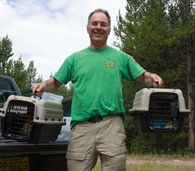

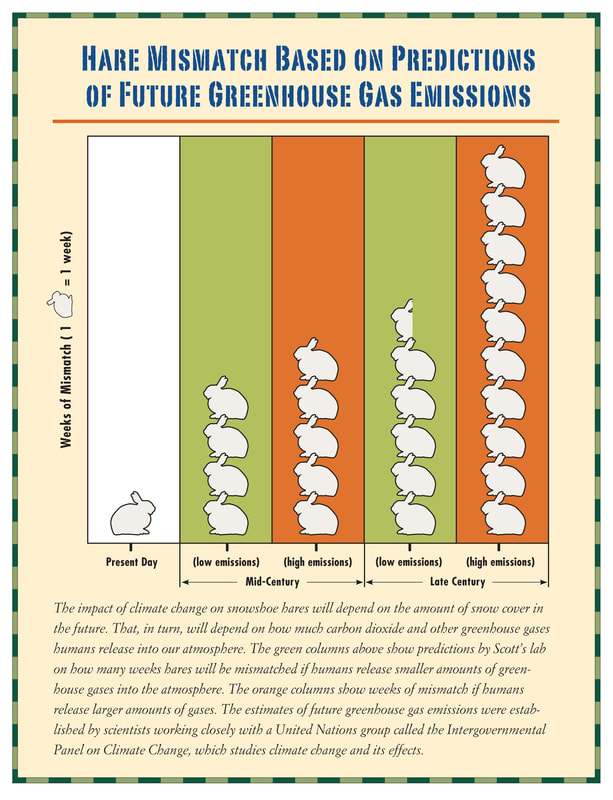
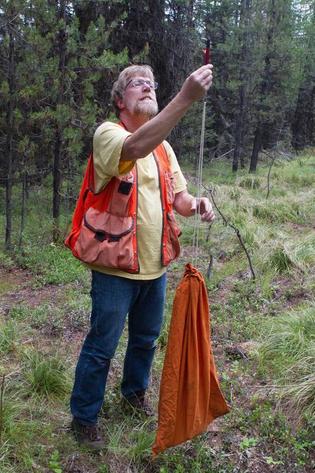
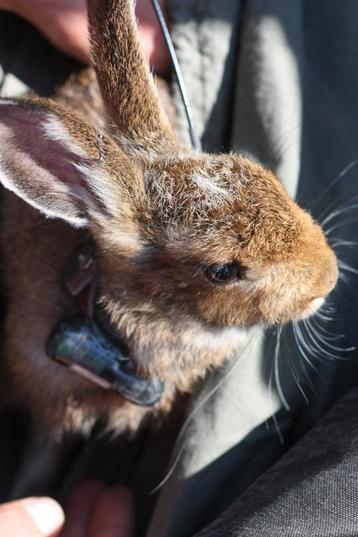
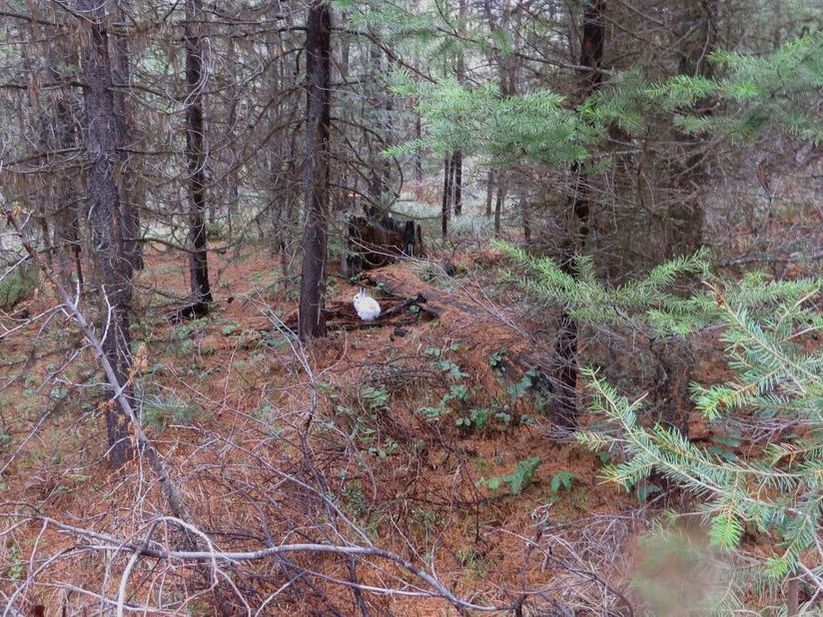
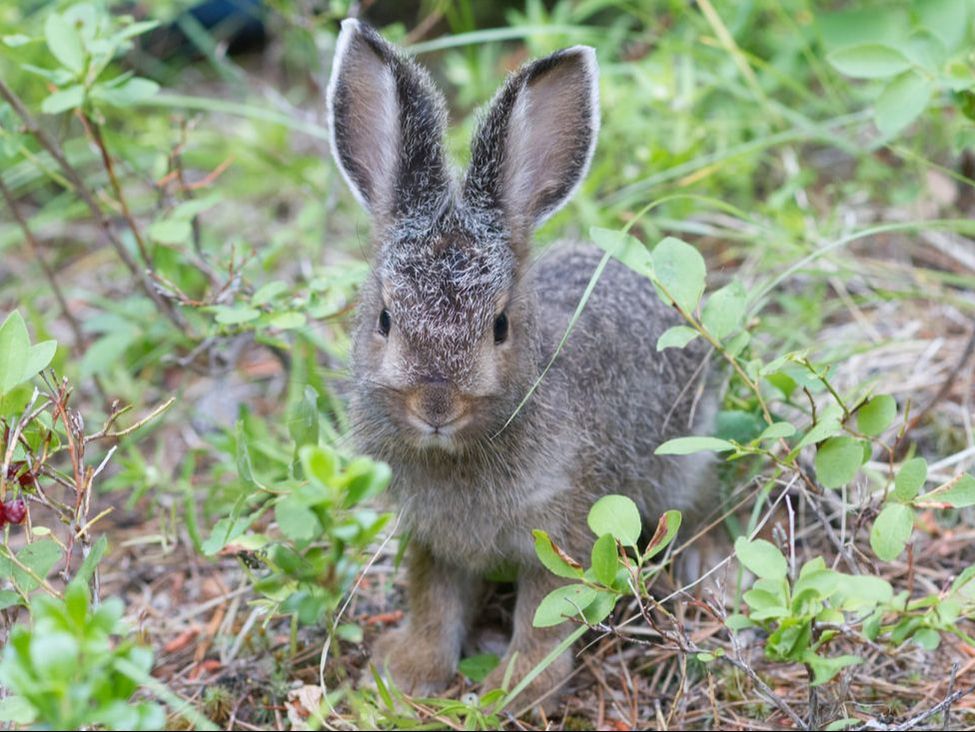





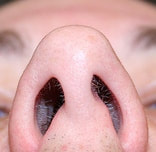
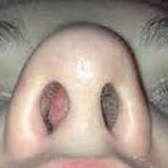
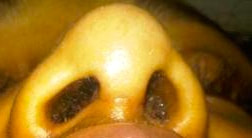

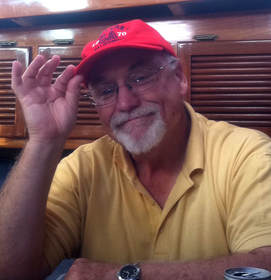

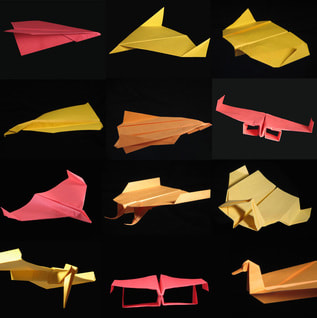
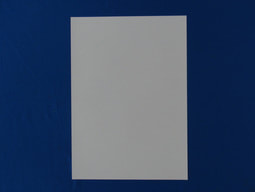
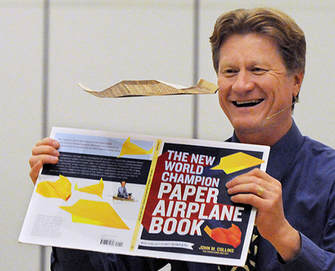
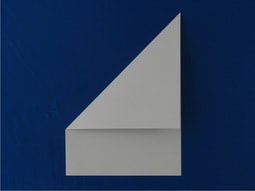
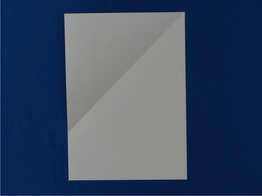
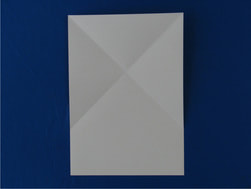
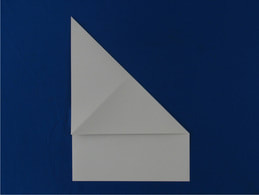
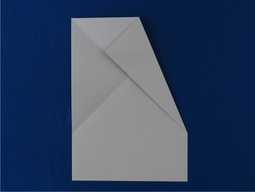
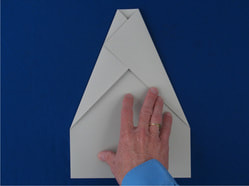
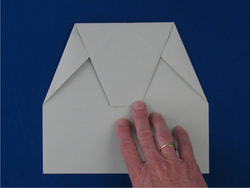
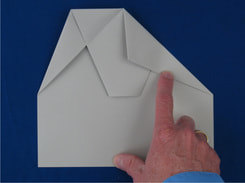
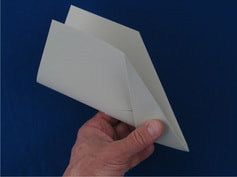
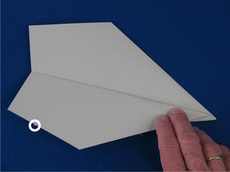
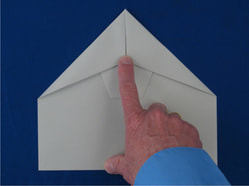
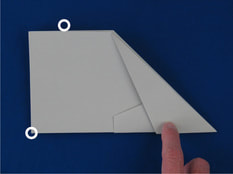
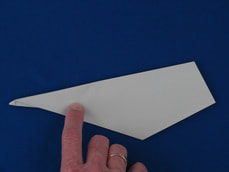
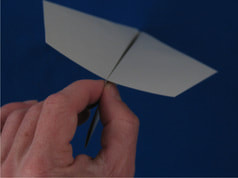
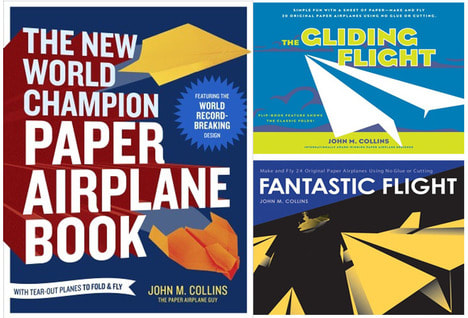


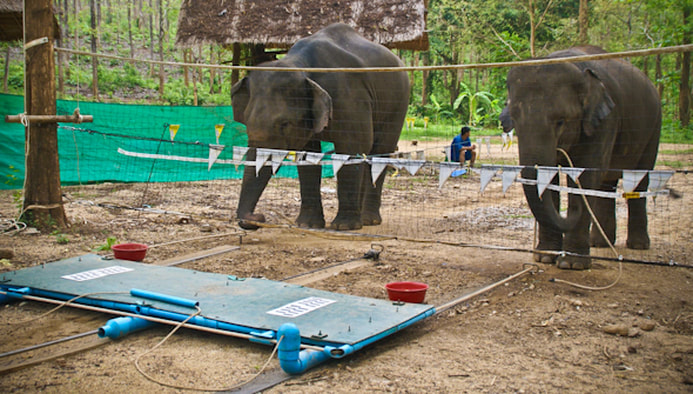

 RSS Feed
RSS Feed
